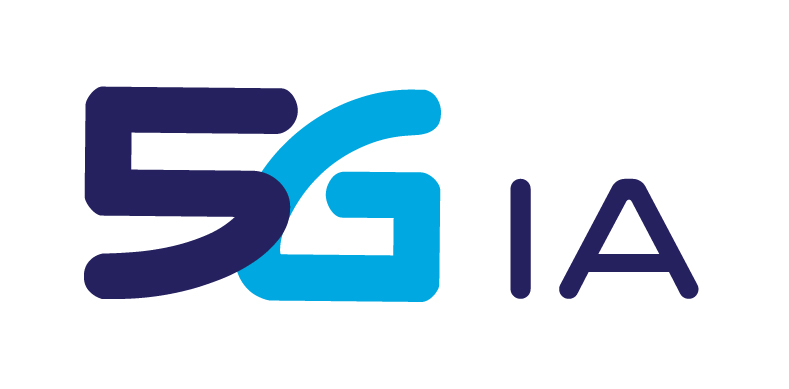

- About us
- Getting Involved
- Plans & Papers
- Events
- European 5G Activities
- Media & News
- Contact
5G-Crosshaul & 5G-Ex @ the EU-South Korea Summit (October 10-14)
Professor Arturo Azcorra, Project coordinator for 5G-Crosshaul, Chairman of the Expert Advisory Group of the NetWorld2020 European Technology Platform (ETP) and Vice chairman of the 5TONIC Lab, was invited by the European Commission (EC) to join a European 5G scientific mission to Korea. Experts from both continents met to discuss the present and approaching future of 5G, the ultrafast mobile broadband technology that promises to become the most remarkable communications phenomenon of the decade. his high level mission was composed of EC officials, distinguished scientists and leading European companies in the area of 5G research and innovation. From October 10th to the 14th the delegation met in Seoul with counterparts from the Korean government, top 5G researchers and ICT companies operating in Korea, such as Korea Telecom, KT Telecom and Samsung.
Professor Azcorra introduced the latest findings on fronthaul-backhaul integration arising from the ongoing EU project 5G-Crosshaul, which he coordinates. This project is one of the foremost research initiatives within the 5G PPP action, which is the EC’s most ambitious initiative in advanced telecommunications research. Professor Azcorra also presented seminal research produced at 5TONIC, one of the most important pan-European testbeds, at the Madrid-based research institute IMDEA Networks and at the University Carlos III of Madrid. Antonio de la Oliva (UC 3M) presented a number of slides on SDN in the 5G-Crosshaul project. You can read them online here. Carlos J. Bernardos (University Carlos III of Madrid and 5G-Ex project) also made a presentation untitled “Virtualization and Control in Multi-Provider Environnement: the 5G Exchange approach”. Do not miss it online here.
About 5G-Crosshaul
The 5G-Crosshaul project aims at developing a 5G integrated backhaul and fronthaul transport network enabling a flexible and software-defined reconfiguration of all networking elements in a multi-tenant and service-oriented unified management environment. The 5G-Crosshaul transport network envisioned will consist of high-capacity switches and heterogeneous transmission links (e.g., fibre or wireless optics, high-capacity copper, mmWave) interconnecting Remote Radio Heads, 5GPoAs (e.g., macro and small cells), cloud-processing units (mini data centres), and points-of-presence of the core networks of one or multiple service providers. This transport network will flexibly interconnect distributed 5G radio access and core network functions, hosted on in-network cloud nodes, through the implementation of: (i) a control infrastructure using a unified, abstract network model for control plane integration (Crosshaul Control Infrastructure, XCI); (ii) a unified data plane encompassing innovative high-capacity transmission technologies and novel deterministic-latency switch architectures (Crosshaul Packet Forwarding Element, XFE).
http://5g-crosshaul.eu
About 5G-Ex
The goal of the 5G Exchange (5GEx) project is to enable cross-domain orchestration of services over multiple administrations or over multi-domain single administrations. This will allow end-to-end network and service elements to mix in multi-vendor, heterogeneous technology and resource environments. Market fragmentation has resulted in a multitude of network operators each focused on different countries and regions. This makes it difficult to create infrastructure services spanning multiple countries, such as virtual connectivity or compute resources, as no single operator has a footprint everywhere. 5GEx aims to enable collaboration between operators, regarding 5G infrastructure services, with the view to introducing unification via NFV/SDN compatible multi-domain orchestration by producing:
- an open platform enabling cross-domain orchestration of services over these multiple domains, with a set of open source software tools and extensions that can be utilised outside the scope of 5GEx;
- a Sandbox Network enabling experimentation and validation of the devised architecture, mechanisms, and business models;
- a proof-of-innovation multi-domain platform enabling multiple 5G use cases and realistic scenarios that demonstrate the orchestration of complex end-to-end Infrastructure as a Service across multiple carriers;
- contributions to standards bodies of concepts learned during the development and experimentation of the project; and
- input to stimulate the telecom and IT industry stakeholders by actively promoting adoption of 5GEx’s open solutions.
http://www.5gex.eu/






Share On